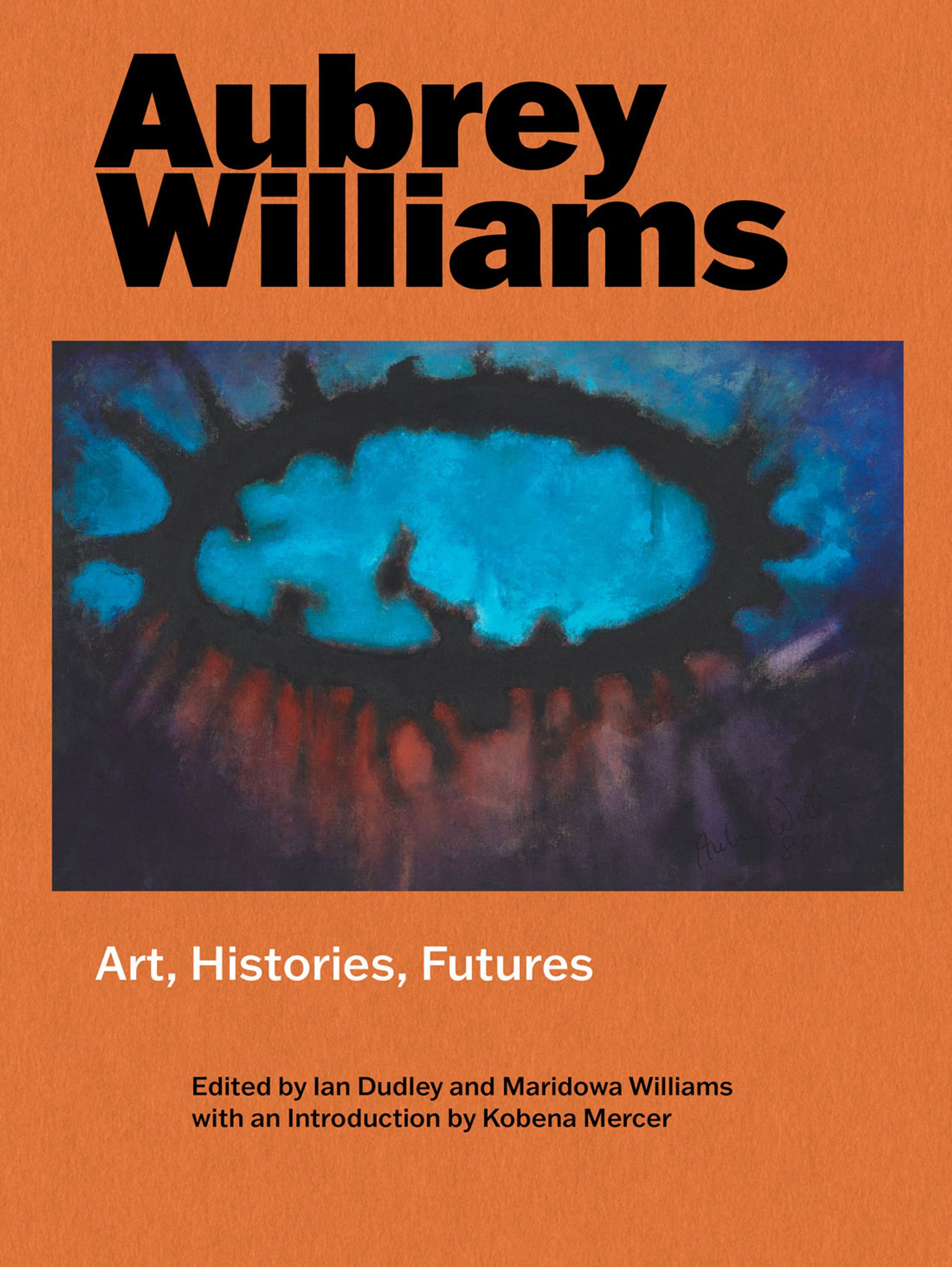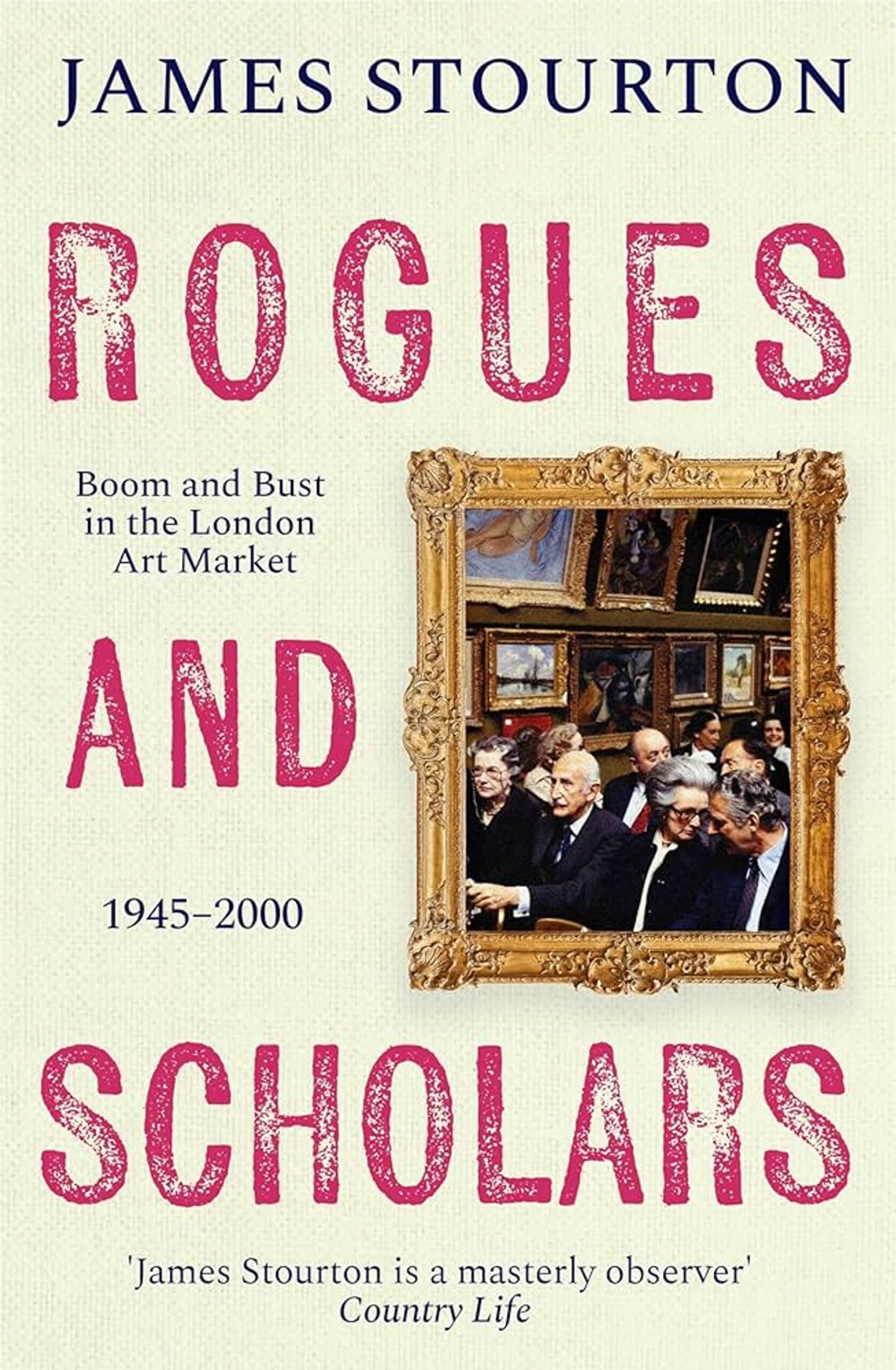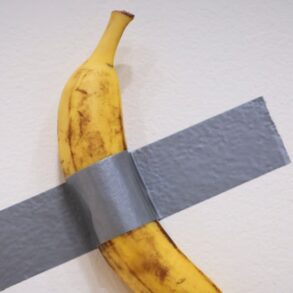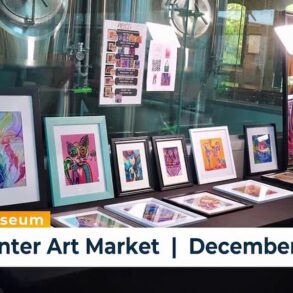Money in Art: From Coinage to Crypto, David Trigg, Heni Publishing, 192pp, £19.99 (pb)
The art historian David Trigg analyses how a wide range of Modern and contemporary artists—including Lubaina Himid, Damien Hirst, Kerry James Marshall and Cornelia Parker—explore money, reflecting “on various economic, political, social and symbolic concerns that relate to different currencies and formats”, says a publisher’s statement. Works explored include Mandy El-Sayegh’s Net-Grid (Venezuelan thousands) (2023) and Amex (2019) by Hank Willis Thomas. Mark Carney, the former overnor of the Bank of England, writes in the introduction: “Instead of shying away from the subject of money, the artists in this book tackle it head on, using their unique perspectives and aesthetics to explore the concept from multiple angles.”

Meredith Monk: Calling, Anna Schneider, Beatrix Ruf and Peter Sciscioli, Hartwig Art Foundation and Haus der Kunst/Hatje Cantz, 400pp, £58 (pb)
This monograph covers the six-decade career of New York-born Meredith Monk—a pioneer of interdisciplinary performance art—featuring previously unseen archival material, musical notations, drawings and photographs. The book accompanies Monk’s retrospectives at Oude Kerk, Amsterdam, and Haus der Kunst, Munich, which both launched last year. “Monk has persistently pushed the boundaries of music, theatre, dance, video and installation and consistently delved into the evocative potential of various dimensions of the human voice,” says Beatrix Ruf, the director of the Hartwig Art Foundation, in the introduction.
The Portrait Girl, Nicole Swengley, Breakthrough Books, 310pp, £10.99 (pb)
The Portrait Girl is a thriller with an art history thread that thrusts “its bereaved and beleaguered heroine, jewellery designer Freya Wetherby, into an astonishing world of re-enacted Victorian art salons and the devious machinations of modern-day art theft”, according to a publisher’s statement. The plot centres on a Victorian portrait miniature discovered by Wetherby who sets out to discover the sitter’s identity. “I wanted to write the kind of novel I would enjoy reading myself—part-adventure, part-mystery—set in the world of art and design. I definitely drew on my art world experiences and also my personal interest in Victorian art and artists,” Swengley tells The Art Newspaper.

Aubrey Williams: Art, Histories, Futures, Ian Dudley and Maridowa Williams (editors), Paul Mellon Centre, 384pp, £40 (hb)
This monograph surveys the career of the Guyanese artist Aubrey Williams who made his mark as a founding member of the London-based group, the Caribbean Artists Movement. The artist, who left Guyana in 1952, looked to Amazonian cosmology, natural history and martial arts, immersing himself also in the theories of Abstract Expressionism. “This book on Aubrey Williams… arrives at a time when critical appreciation of his work is stronger than ever,” writes the Tate Britain director Alex Farquharson in the foreword.

Rogues and Scholars: Boom and Bust in the London Art Market, 1945-2000, James Stourton, Head of Zeus/Apollo, 448pp, £35 (hb)
The art historian James Stourton tells the story of the London art market from the post-war period to the turn of the millennium, covering “Impressionist masterpieces, contemporary art, the YBAs [young British artists], loaded buyers, dodgy dealers and huge financial transactions”, says a publisher’s statement. Chapters explore topics such as “New Directions: The Swinging Sixties” and “The YBAs”. In the preface, Stourton writes that “literature on the London art trade 1945-2000 is thin… my focus is on the auctioneers and dealers who contributed to London’s global dominance in the second half of the 20th century.”








